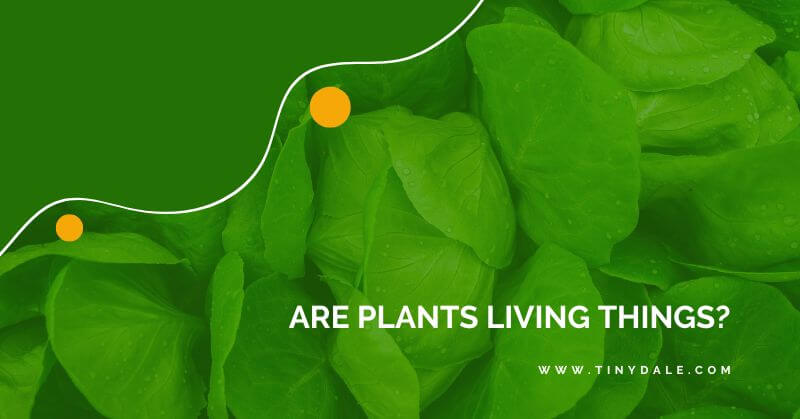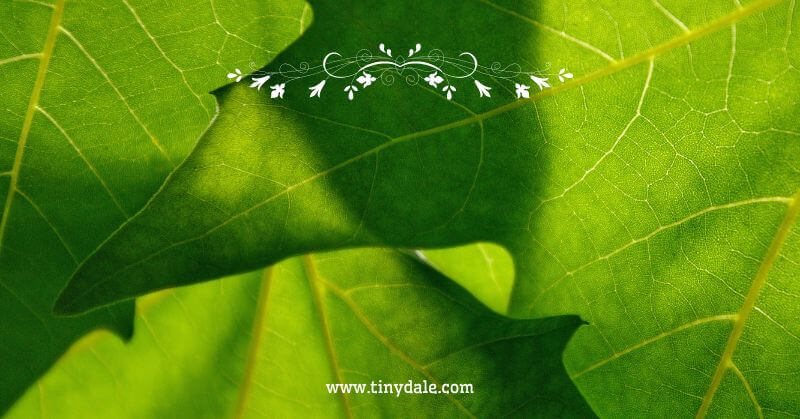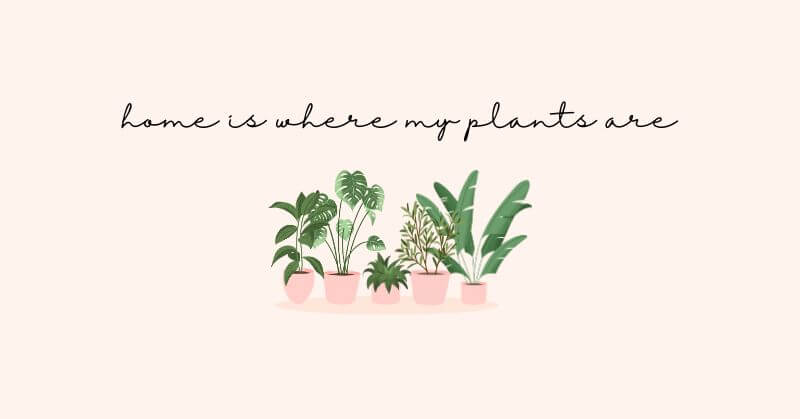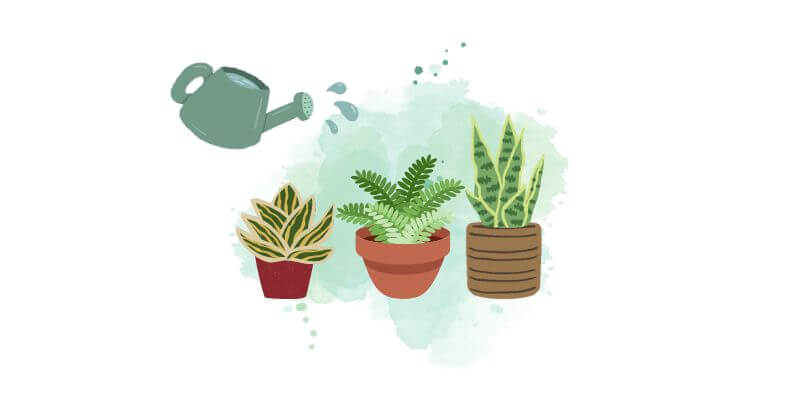Plants are a ubiquitous part of our daily lives. We see them everywhere, from the potted plants on our windowsills to the towering trees that line our streets. However, many people still wonder whether or not plants are actually living things. In this article, we will explore the characteristics of living things and discuss whether are plants living things.
What are Living Things?
Before we can determine whether or not plants are living things, we must first define what it means to be alive. The characteristics of living things are:
- Made of cells
- Reproduce
- Maintain homeostasis
- Respond to stimuli
- Use energy
- Grow and develop
- Adapt to their environment
If an organism exhibits all of these characteristics, it is considered to be alive. Let’s examine each character more detail and see how plants measure up.
1. Made of cells
All living things are made of cells. Cells are the basic unit of life, and they are responsible for carrying out all of the functions necessary for an organism to survive. Plants are definitely made of cells, so they pass this test with flying colors.
2. Reproduce
All living things must be able to reproduce in order to continue their species. Plants reproduce through a variety of methods, including pollination and seed dispersal. Some plants can even reproduce asexually through methods like vegetative propagation. So, plants definitely meet this criterion.
3. Maintain homeostasis
Homeostasis refers to an organism’s ability to maintain a stable internal environment despite changes in the external environment. For example, your body temperature stays relatively constant even when the temperature outside fluctuates. Plants are also able to maintain homeostasis, but they do it in a different way than animals. Plants use a process called osmoregulation to regulate their internal water balance and maintain turgor pressure.
4. Respond to Stimuli
Living things must be able to respond to stimuli in their environment. For example, if you touch a hot stove, your reflexes will cause you to pull your hand away. Plants also respond to stimuli, but again, they do it differently than animals. Plants can respond to changes in light, temperature, moisture, and even the touch of an insect. They do this through a variety of mechanisms, including changes in gene expression and the movement of specialized organelles called chloroplasts.
5. Use Energy
All living things require energy to carry out their functions. Plants use energy from the sun to carry out photosynthesis, which is the process by which they convert sunlight into food. This food provides the energy necessary for the plant to grow and carry out other functions.
6. Grow and Develop
Living things must be able to grow and develop over time. Plants start out as tiny seeds and eventually grow into mature plants. As they grow, they develop specialized structures like leaves, stems, and roots that allow them to carry out their functions.
7. Adapt to their Environment
Living things must be able to adapt to changes in their environment in order to survive. Plants are especially good at this. They can adapt to changes in light, temperature, moisture, and even the presence of other organisms. For example, some plants have evolved to be able to tolerate extreme temperatures or to grow in nutrient-poor soil.
So, Are Plants Living Things?
Based on the characteristics we just discussed, it’s clear that plants meet all the criteria for being considered living things. They are made of cells, that reproduce, maintain homeostasis, respond to stimuli, use energy, grow and develop, and adapt to their environment. Therefore, we can definitively say that plants are living things.
Why do People Think Plants Aren’t Living Things?
Despite the overwhelming evidence that plants are indeed living things, there are still people who believe
that they are not. One possible reason for this is that plants do not exhibit some of the characteristics that people typically associate with living things, such as the ability to move or respond to stimuli in the same way that animals do. Additionally, people may not consider plants to be living things because they do not have the same level of consciousness or cognitive abilities as animals.
However, it is important to remember that living things come in all shapes and sizes, and they do not all exhibit the same characteristics. Just because plants do not move or respond to stimuli in the same way that animals do does not mean that they are not alive. They simply have different ways of carrying out the functions necessary for survival.
The Importance of Recognizing Plants As Living Things
Recognizing plants as living things is important for a number of reasons. For one, it helps us to appreciate the complexity and diversity of life on Earth. Plants are just as much a part of the web of life as animals are, and they play an important role in supporting ecosystems and providing the resources humans need to survive.
Additionally, recognizing plants as living things helps us to understand the ways in which they are vulnerable to threats like climate change, habitat destruction, and invasive species. By acknowledging the importance of plants and the role they play in the natural world, we can work to protect them and ensure that they continue to thrive.
Conclusion On Are Plants Living Things
There are many fascinating aspects of plants that make them unique from other living things. For example, plants are able to synthesize their own food through the process of photosynthesis, which is a remarkable feat. This allows plants to serve as the base of the food chain, providing energy to all other living things that consume them.
Another interesting aspect of plants is their ability to communicate with each other. While it may seem strange to think of plants communicating, they actually do so in a number of ways. For example, some plants release chemicals into the air that signal to nearby plants that a predator is nearby, causing them to produce defensive chemicals in response. Other plants use their roots to communicate with each other, sending chemical signals through the soil to alert nearby plants of potential threats or to share resources.
Plants also have a remarkable ability to adapt to their environment. For example, some desert plants are able to store large amounts of water in their tissues, allowing them to survive in extremely arid environments. Other plants have evolved thorns or other physical defenses to protect themselves from predators.
Additionally, some plants are able to change the color of their leaves or flowers in response to changes in the environment, such as changes in temperature or light.
One interesting aspect of plants that has received a lot of attention in recent years is their potential medicinal properties. Many plants contain compounds that have been shown to have therapeutic effects, and these compounds have been used for thousands of years in traditional medicine practices around the world.
For example, the bark of the willow tree contains salicylic acid, which is the active ingredient in aspirin. Other plants, such as ginseng and echinacea, have been used for their immune-boosting properties.
Tinydale is on YouTube, Click here to subscribe for the latest videos and updates.
Follow Us: Facebook | Instagram | Twitter | Youtube | Pinterest






